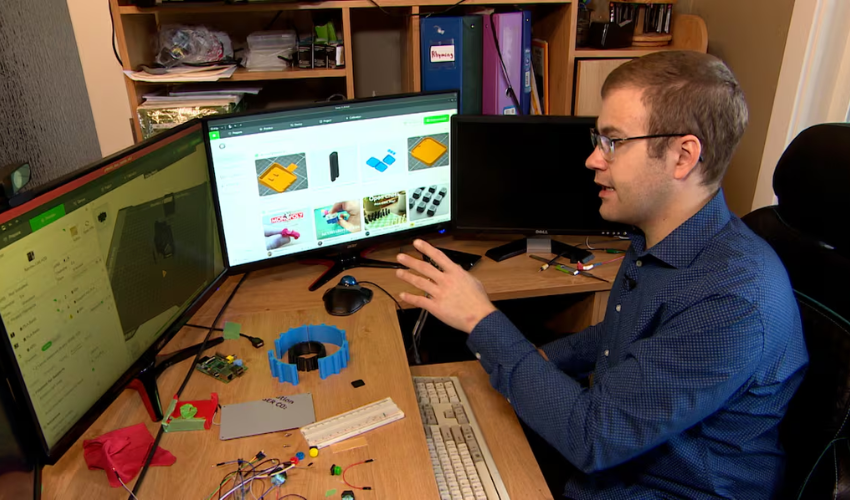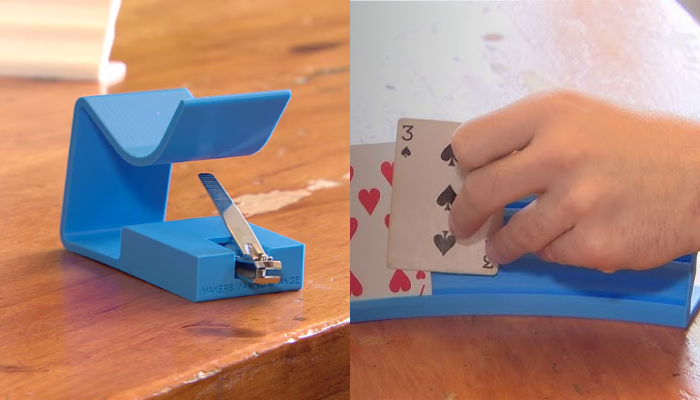Canadian Innovator Improves Accessibility Through 3D Printing

In the city of Warman, Saskatchewan, located in Western Canada, one maker is using 3D printing technology to help create practical solutions that improve accessibility and independence for people with disabilities. After experiencing a life-altering car accident in 2020, Nicolas Vaagen began a project to design and produce assistive tools that help others navigate daily tasks with greater ease.
What began as a personal challenge has evolved into a community initiative focused on innovation and inclusion. Using affordable 3D printers and open-source design tools, Vaagen creates customized devices that range from modified nail clipper stands to adaptive gaming controller attachments. Each design is tailored to meet the unique physical needs of its user, highlighting how digital fabrication can transform personal healthcare and assistive technology.

Nicolas Vaagen poses with some of the devices he created using a Bambu Lab 3D printer. (Photo Credit: CBC Canada)
Through his collaboration with Makers Making Change, a program by the Neil Squire Society that connects volunteer makers with people who require adaptive tools, Vaagen has been able to expand his reach and provide low-cost, locally produced solutions. The flexibility of additive manufacturing allows him to adjust size, shape, and grip for individual users without expensive molds or mass production. This approach not only reduces costs but also accelerates the delivery of customized aids for those who need them most.
Vaagen’s workshop has become a small but powerful example of how emerging manufacturing technologies can make accessibility more attainable. His recent projects include a door handle adapter designed for individuals with arthritis and lightweight stands that allow users with limited dexterity to hold and organize playing cards. He continues to experiment with different materials and designs, exploring how 3D printing can bring greater comfort, function, and independence to everyday activities.

Some of the assistive devices produced include an adaptive fingernail clipper and card holders. (Photo Credit: CBC Canada)
With nearly one-third of Canadians with disabilities reporting unmet needs for assistive devices, initiatives like this demonstrate how technology and community engagement can bridge that gap. By leveraging 3D printing for social impact, Vaagen’s work exemplifies how innovation at the local level can redefine accessibility and empower individuals to take control of their environments.
How do you see 3D printing helping create assistive tech? Let us know in a comment below or on our LinkedIn or Facebook pages! Plus, don’t forget to sign up for our free weekly Newsletter to get the latest 3D printing news straight to your inbox. You can also find all our videos on our YouTube channel.
*Cover Photo Credit: CTV Canada








Interested in getting involved too ? Check us out at Makers Making Change dot com – browse our library, learn about adaptive gaming, and apply for a micro-grant to support people with disabilities in your community!